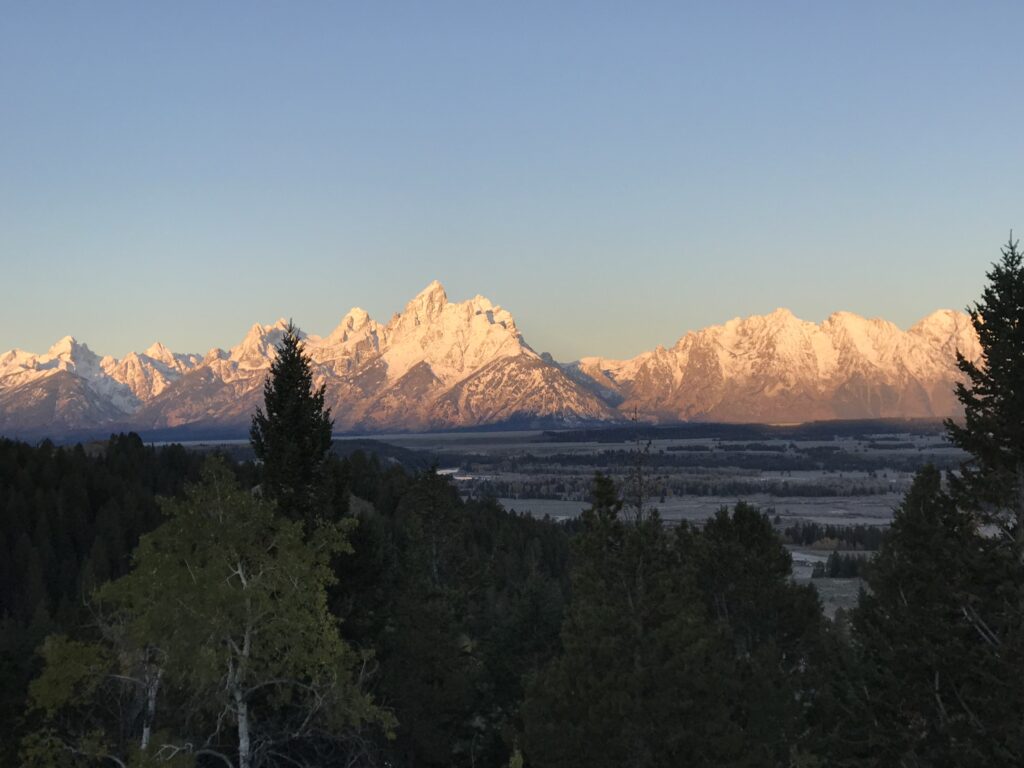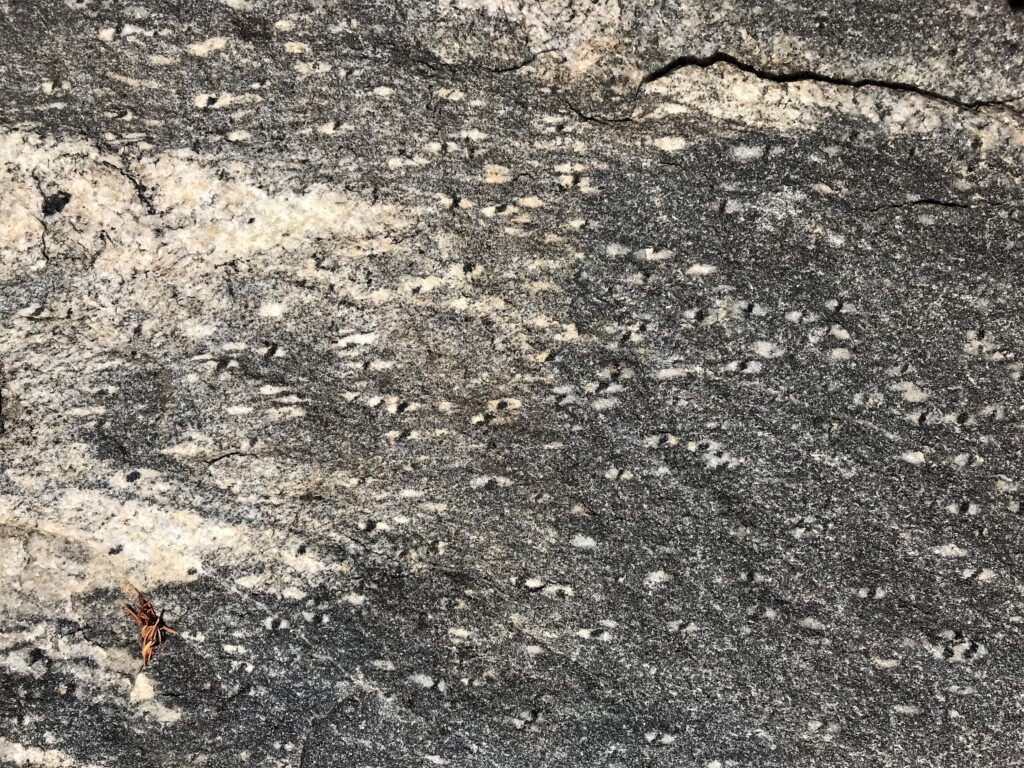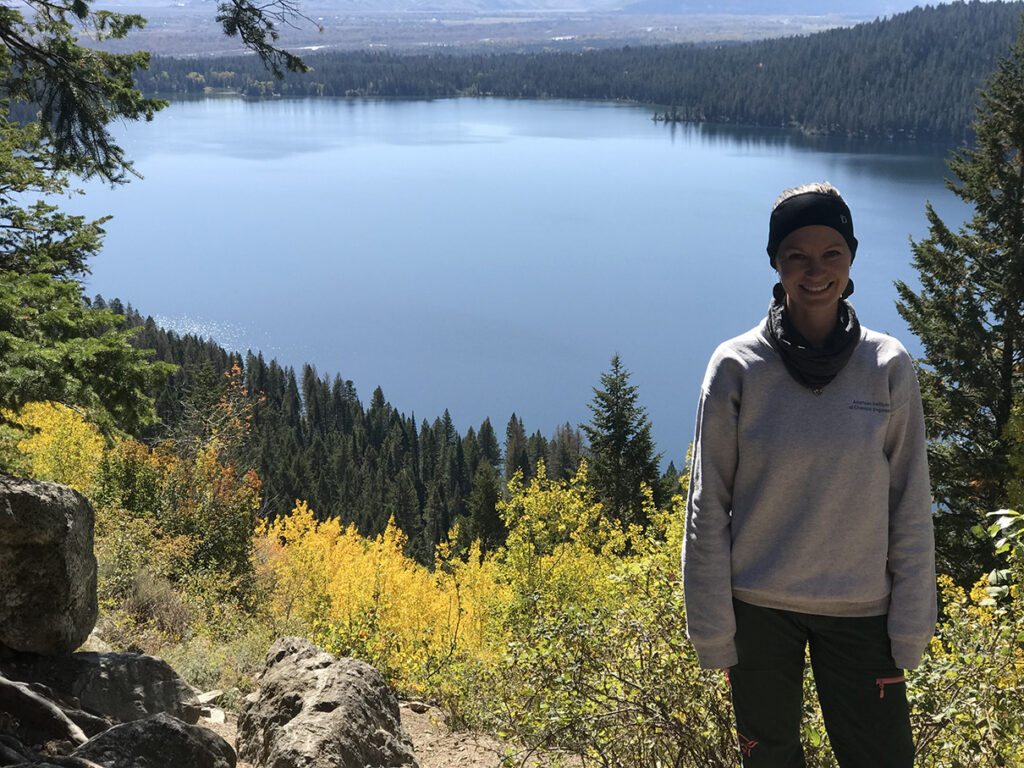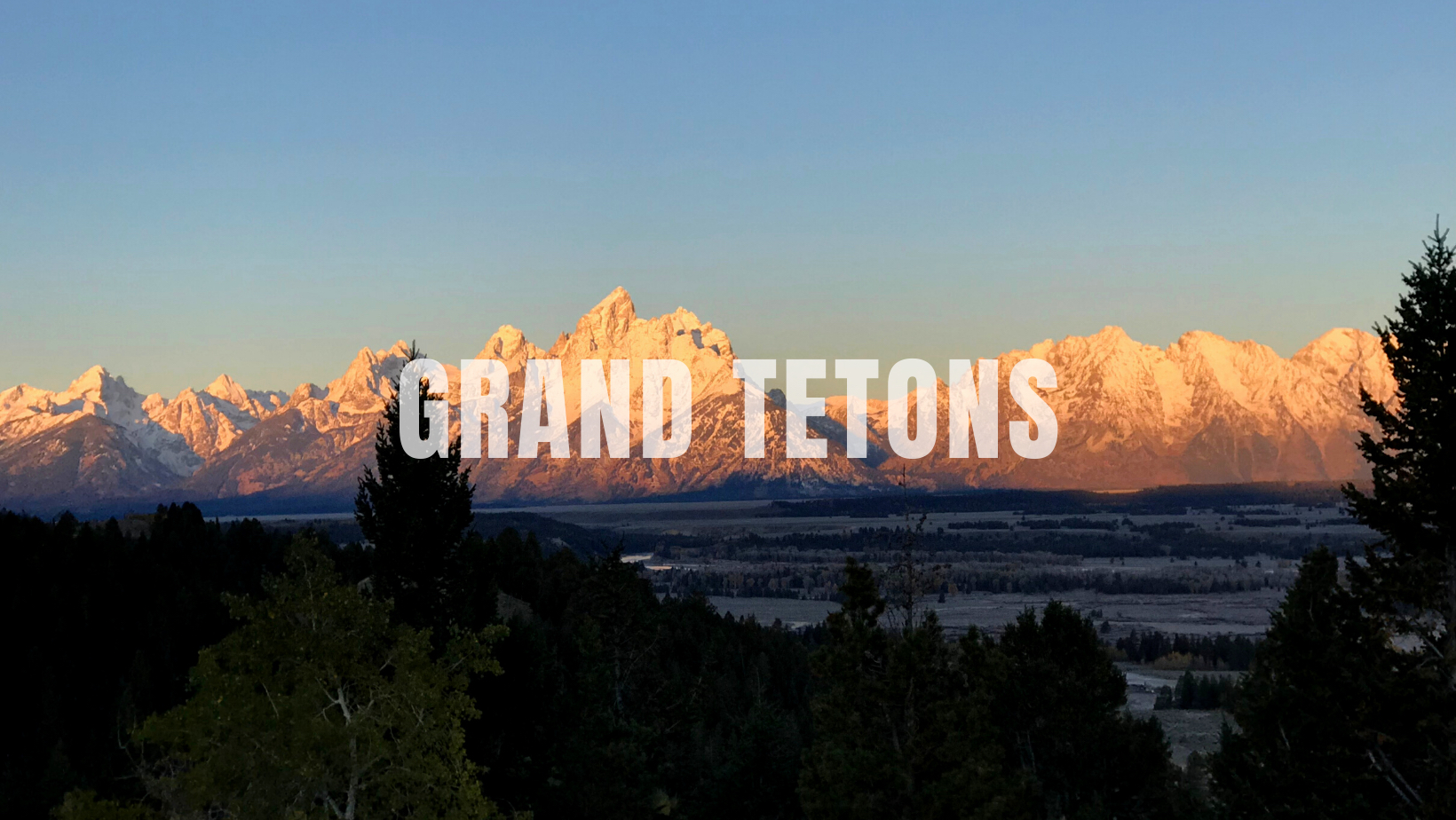Hiking through the mountain pass, a team of scientists sat in the middle of the trail staring at the wall. No shade spared anyone from the sun…or the bugs for that matter. With packs adorned by bear bells and spray, we make our way towards the team and pause – if only for a minute. Intrigued by the curiosity that caused the team to stop at the base of the granite precipice, I asked what they were studying.

Naturally, the conversation immediately began with talking about the formations that adorned the rock wall, being a group of naturalists and scientists. Polite introductions and formalities were overlooked without hesitation – curiosity was more demanding. We paused to pass them, but I was intrigued so I asked what they were up to, sitting this very trail in the heat of the day; what was so interesting? According to them, this area was one of the only places in the world to see what they were seeing: a unique mineral formation on this very wall. They invited me to take a look and asked what I thought they had been busy discussing. My eyes begin to scan the wall in search of anything of interest, but I didn’t notice anything that would make so many hikers pause. After looking around, I began to notice the multitude of small, elliptical black spots sprinkled throughout the granite. My mind began to race: what they could be, why were they here, what made them so unique that this entire team stopped? The team clearly already had the answers, so my pack came off, I squatted down, and leaned in to hear all about these small eyes on these Grant Teton mountain rock walls.

Once I saw the elliptical mineral deposits that the team had been gleefully discussing prior to our arrival on the trail, one member asked me what I thought they were. He said, “Go ahead. Take a closer look and tell me what you think that they are.” The team waited as I looked up and down the wall, tracing my hands along the cold rock. My eyes saw a wall reflecting the intense rays of the run, creating a mirror of sorts. The textured slab towered over me as I searched for patterns in the small spots that were smaller than a fingernail. But I hadn’t the slightest idea what these eye-like morphologies were, why they were there, or why there were of any significant interest to this team.
Hand gestures began to reveal further complexity by leading my eyes to the sweeping arches of black deposits that decorated the wall. The small spots speckled the wall, curving towards the sky, a curved band of black speckles stretched throughout the rock. I can’t recall now what my initial guesses were as to what the black eyes were, but what they were revealed to be is infinitely more intriguing. The mysterious black eyes adorning the granite walls were Bright Eyes Gneiss. They only exist in the unique location that we were crouching on the trail, a small domain discovered throughout the entire Grand Tetons National Park in Wyoming, USA.


Slowly, as we baked below the sun, the team revealed more delicate intricacies pertaining to these speckles in the rock. They discussed their exact elemental composition, magnetic properties, and specify to the region where we stood. Well, that being stated, the team brought up that they thought the eyes had magnetic properties. One guy stated that “It would be amazing to see if they are magnetic for ourselves, but no one ever thinks to carry a magnet with them on the trail.” He then proceeded to pick up small rocks and see if the magnetic force from the eyes might be strong enough to attract another magnet, but it wasn’t working. And then I realized, I had a magnet!
The bear bell that we were carrying contains a small magnet in the bag so that when you store the bell, it silences the ringing. Without saying anything, I slowly reached over to my pack and un-Velcroed the bell from the outside of my red daypack. Slowly untangling the small mesh bag containing the magnet, I felt satisfied in realizing that we indeed had what would be needed to test this hypothesis here at the base of the wall. I leaned forward with the small bag in hand, it being rather non-obvious that there was a magnet inside. As I held it close to the center of the eye – the small black cat-like shape in the center of the white perimeter – the magnetic field pulled the small bag directly to the center. It stuck! It was absolutely incredible to realize that if we hadn’t stopped to ask if the team hadn’t been there at that moment, if I hadn’t brought a magnet, all of this mystery would have remained hidden in the wall herself.

Interestingly enough, the mechanism of formation – or how they formed – remains greatly illusive. The world around us can seem overwhelmingly familiar at times, as if we have nothing left to discover. We can look around and find that people inhabit almost every corner of the world. We leave no rock unturned as to what we can harvest, manipulate, and mold into benefit for ourselves. Yet when we pause at the base of granite walls to look at the Bright Eyes Gneiss, we have the opportunity to be reminded of how very little we truly understand about our natural world.
One of the most powerful actions we take is to surround ourselves by nature, to interact with the world around us, to build communities. In this way, we enrich not only our lives but our perception of the intricate complexity that shape our entire ecosystem. The abundance of unknown natural phenomena is more abundant than the known answers. The mechanism of formation remains elusive for the black deposits, and so we stop and stand in curiosity at the base of mountains. To me, this highlights the simplicity by which we can generate endless questions to answer about the world that we inhabit for years to come, if we can find the time to appreciate the unseen world that is right in front of us.

